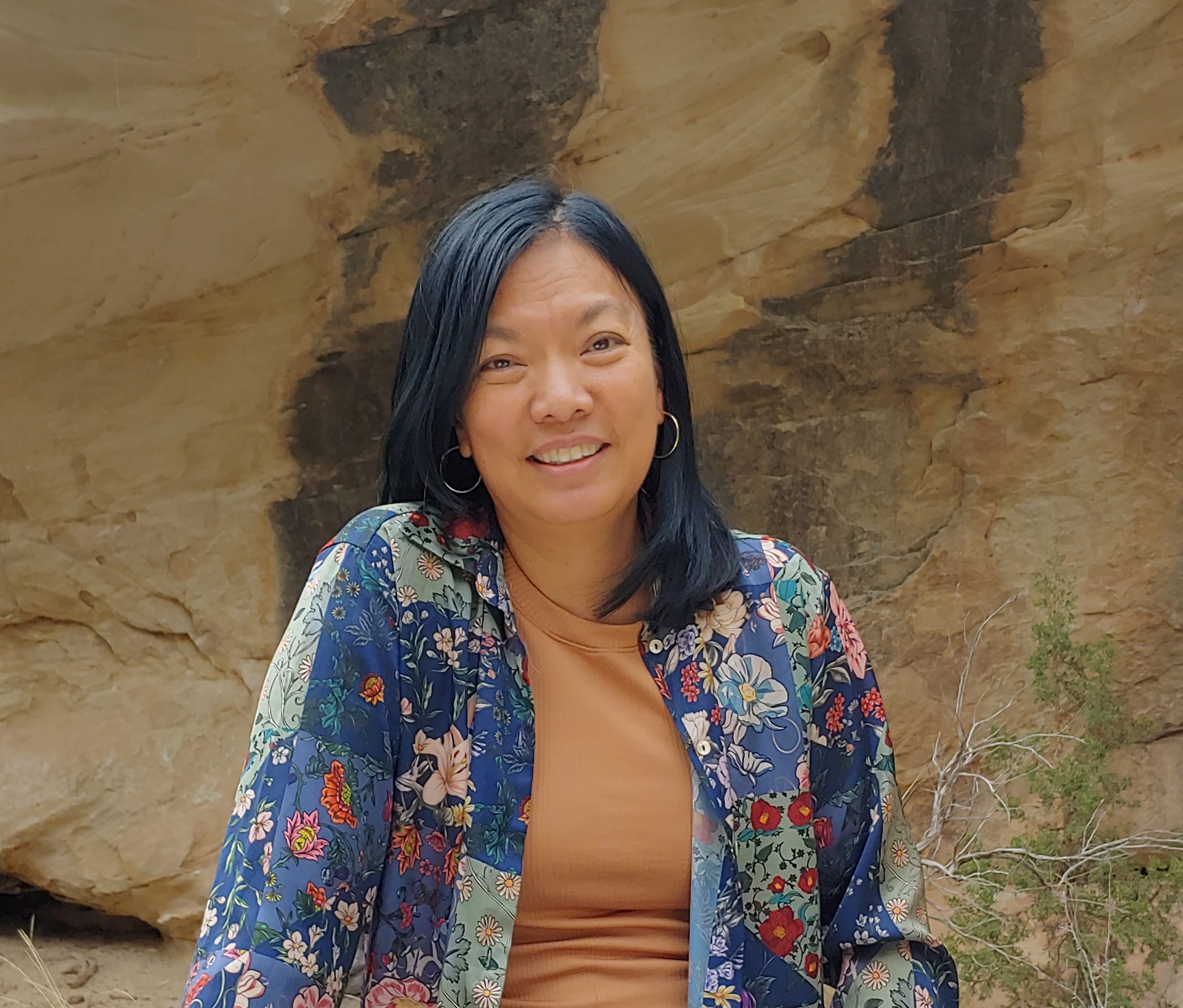Drum Labs: Rhythm in Nature
About This Product:
Excited to share with you all, Drum Labs: Rhythm in Nature!
This is a monthly subscription course which dives into the studio and onto the field with me to share my practice of rhythmic study in nature at a weekly and monthly pace with Birdsongs, Glacial Freshwater, Oceans, Deserts, Canyons & Resonance, and Forests & Insects.
What is rhythmic mapping in nature on the field and in the studio for an artist ? What does this data look and sound like? How do you build a practice? How does this impact creatively the work each of us create, and share? How does it provide platforms for each of us to support conservation and our environment through each of our work?
The course includes my 6 part analysis and practice with
Rhythms in Nature listed here . They will each have tutorials in
the course for you to listen, view, and keep. Twice a week I will have a live studio session where I will field questions adn help problem solve , demonstrate practices either on the field or in my studio and meet with you all. These will also be recorded for you to watch and listen back to if you cannot attend live, or if you want to repeat it.
The analysis and practice include:
Field Recording :
What do we listen to and listen for on the field to record or from source material recording to understand and hear rhythm? How does this inform us? What are the instruments we can use ? We include everything from free apps to various recording gear to be able to field record, sound map, and practice rhythmic field recording. Why is this useful?
Warmup and Movement Exercises:
This section includes warmups and movement exercises for the body through stretches, breathing, and Tai Chi movement.We will also move to the practice pad at the drums and focus on warm up practices for sticks and hands.
Spatial Mapping:
What are some of the ways that maps are important? Maps can take complex data and simplify it for us in a blueprint of visuals and sound. Spatial mapping is a powerful skill that allows us whether we are kids or adults to better acquaint and understand our global world and where objects, cities, places are in the geographic map. Maps help us function everyday and maps are helpful for storytelling. This also brings us to question of who makes maps? I personally think it is important for all of us to utilize this skill as it also is a powerful way to archive, contribute and share stories and culture from larger communities globally. In Drum Labs: Rhythm in Nature, we will look at the geography and rhythmic mapping, and share recordings on a collective map in the community.
Spatial Mapping on Drums:
Utilizing the extended drumset, this section visualizes and with video demonstration spatial mapping on the drumset of practicals of melodic and tonal mapping of the drumset that can sonically help you configure these nature sounds into rhythms.
Transcriptions and Notations:
Utilizing Western notation and Rudimentary Rhythymic notation and Cipher / Number Notation. This section demonstrates how each of these rhythms from nature are written in these notations as transcriptions and methods that you can use to apply to other rhythms in nature too. What does this look like for a score? How can we connect this to spatial mapping with sound?
Practicals of Playing Rhythms at the Instrument:
Here we will voice and play variations of each of the rhythms in a musical way and methods how to arrive at this creative space. Utilizing all the other methods of analysis and practice, this section moves into creating musically both sonically and visually with the rhythms.
With this 6 part analysis and practice , each week a lesson will drop for you all. This will feature this 6 part practice in one of the fields of nature : Birdsongs, Glaciers and Freshwater, Oceans, Deserts, Canyons and Resonance, Forests and Insects.
If you have any questions about Drum Labs: Rhythm in Nature, please email my studio at
Look forward to hearing from you and hope to see you soon!
Program Details
What Do People Think About This Program?
Reviews
Trey Cregan
Nicole Rampersaud
Drew Barnet

